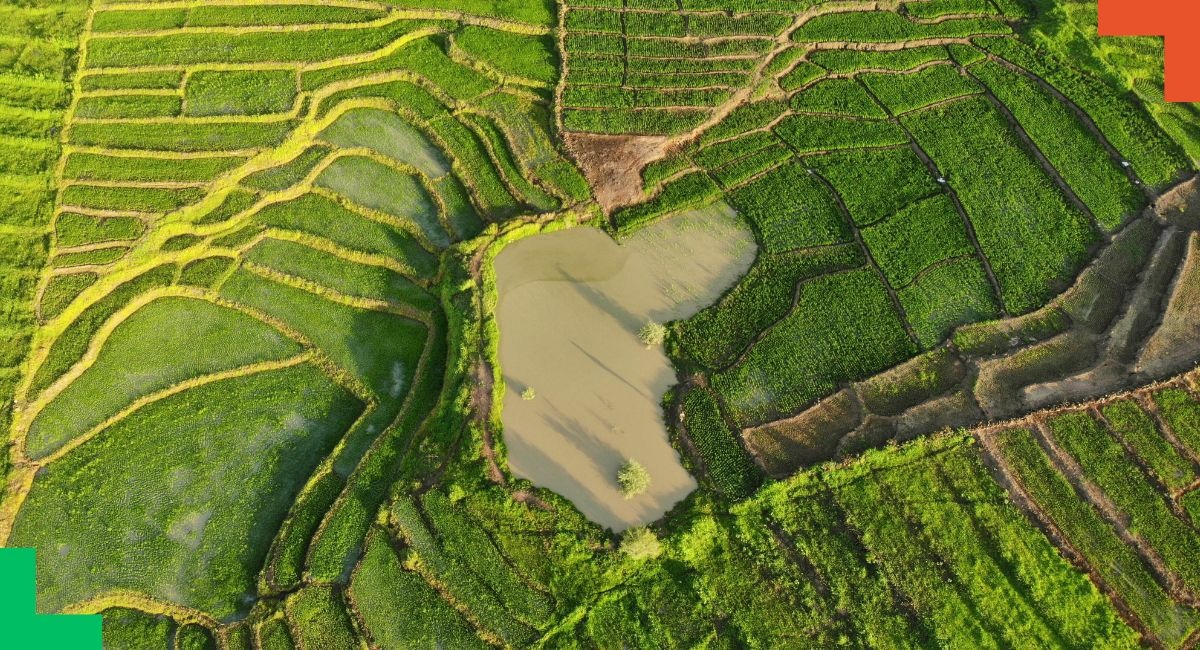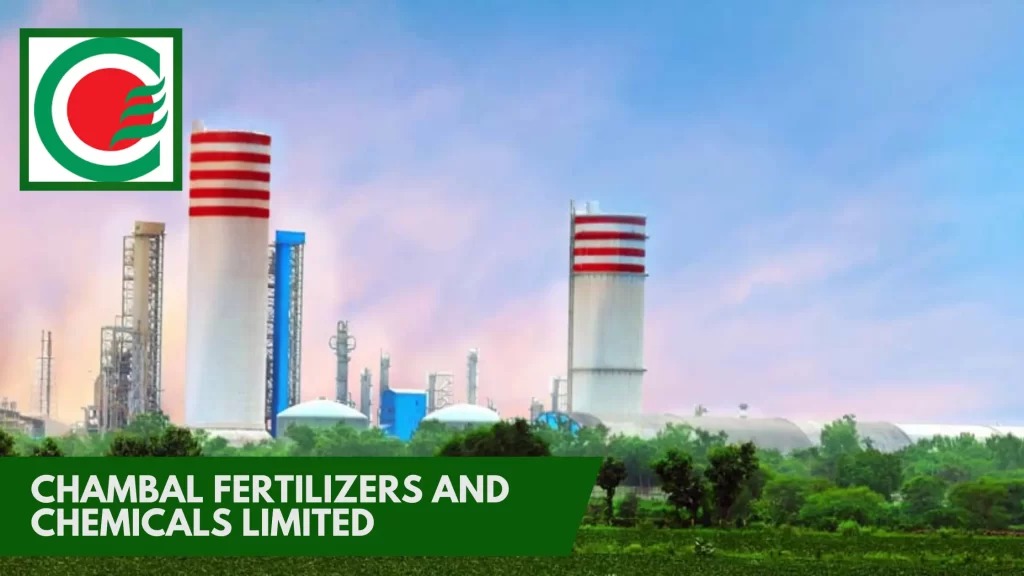 Image Source : Asian Development Blog
Image Source : Asian Development Blog
Asia faces a paradox in its food systems—while the region produces enough calories to feed its population, over 600 million people suffer from micronutrient deficiencies. The continent is home to half the world’s undernourished, yet it boasts some of the most dynamic economies, with agrifood systems employing 40 percent of the workforce. Rising food prices, resource degradation, and economic shocks threaten to unravel decades of progress, making urgent reforms essential.
Global agrifood systems generate hidden costs estimated at 13 trillion dollars annually, equivalent to 10 percent of global GDP. These costs stem from greenhouse gas emissions, land-use changes, water depletion, and poverty among agrifood workers. Productivity losses due to poor diets have risen by 14 percent globally since 2016, with South Asia experiencing a 20 percent increase. Without immediate action, these challenges could stifle future economic growth.
To address these issues, Asia must embrace technology-driven solutions, nature-based interventions, and inclusive financial models. Precision agriculture, including drones for pest monitoring and AI-driven irrigation systems, can enhance productivity. Post-harvest innovations such as solar-powered cold storage can reduce spoilage losses by 30 percent. Digital platforms are also playing a crucial role, aggregating smallholder farmers into cooperatives that connect them with buyers, fintech services, and real-time data.
Financial instruments like credit guarantees and parametric insurance are bridging the gap for risk-averse investors, making smallholder lending viable. Policy reforms that incentivize sustainable farming practices, such as ecosystem restoration projects, can further strengthen food security. In Vietnam, mangrove restoration has reduced dyke maintenance costs by 7.3 million dollars annually while protecting farms from storms.
Asia’s food systems require a fundamental shift from production-centered strategies to holistic approaches that integrate environmental, social, and economic considerations. By leveraging technology, fostering investment, and prioritizing sustainability, the region can secure its food future before it’s too late.
Sources: Daily FT, Asian Development Blog, Asian Development Bank.
Advertisement
Advertisement







